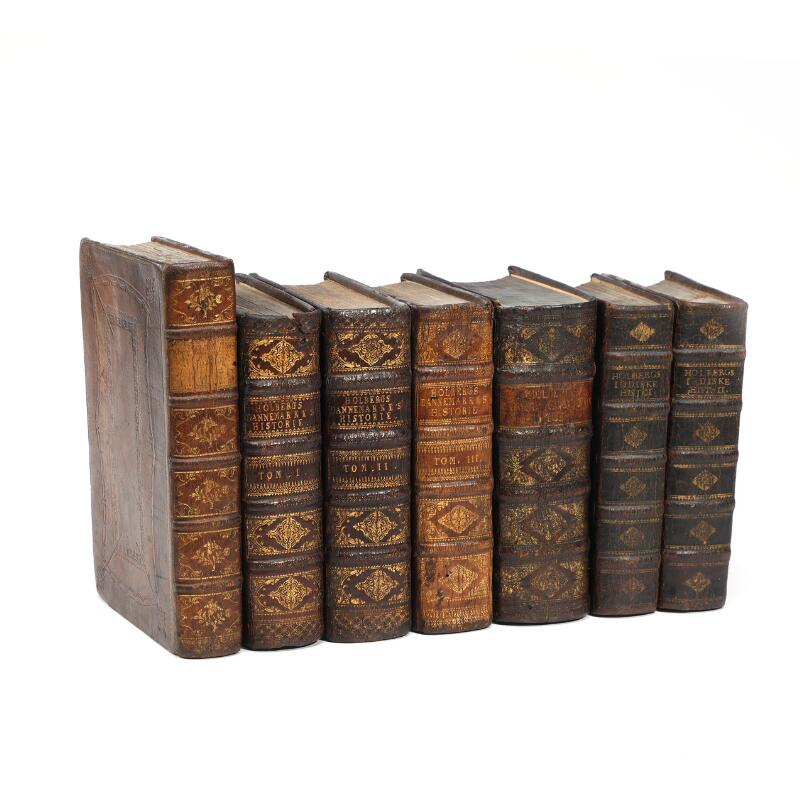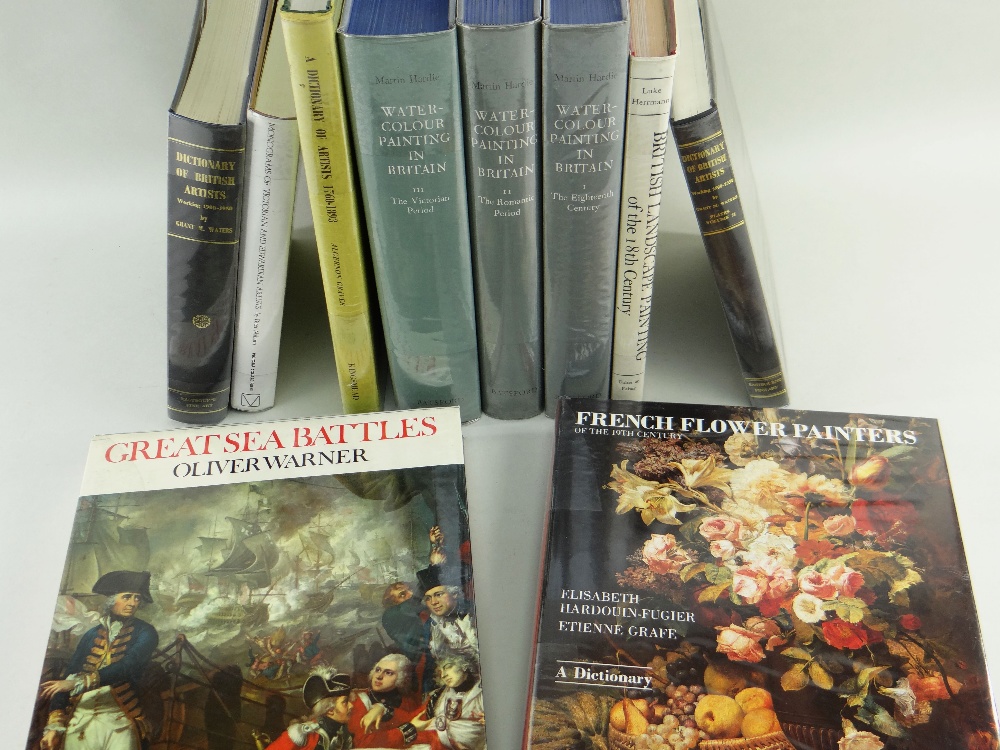A fine collection of documents and artefacts of Field Marshal Sir John Denton Pinkstone French, first Earl of Ypres, K.P., G.C.B., O.M., G.C.V.O., K.C.M.G. Comprising: (i) Parchment warrant for the award of the Serbian Order of Karageorge: a finely-decorated certificate depicting the insignia of the order, delicate coloured borders and black text with additional detail in ink showing issue to Viscount French & with dates August 1918 and 1920. 380mm x 500mm, folded (ii) Correspondence concerning the award of an Argentine peace medal. Copy of letter from the British Legation at Buenos Ayres to Lord Curzon forwarding six medals and award certificates: “These Medals and Notes have been sent to me by Mr. Adolfo Mugica… in his capacity as President of the Organizing Committee of the Peace Festivities… which were held in this City after the signing of the Treaty of Peace…” The six designated recipients were H.M. The King, Mr. Lloyd George, David Beatty, Douglas Haig, John French and Sir Reginald Tower. The certificate for French’s medal is present, together with a signed letter from the Military Secretary at the War Office, Philip Chetwode [Field Marshal Sir Philip Walhouse Chetwode], forwarding both and requesting acknowledgment which French has done, noting “(Returned 17.6.20).” (iii) Notes for eight speeches delivered by Sir John French 1910-24, including R.M.C. Kingston, June 1910; Mansion House Nov. 1910; Staff College, Dec. 1913 &c., various sizes, approx. 70pp. in all (iv) Approximately thirty telegrams largely dating from French’s governorship of Ireland 1918-21, offering or acknowledging congratulations (v) A small photograph of French in South Africa (vi) A most unusual Arts & Crafts style oak presentation casket, probably originally containing a Freedom Scroll or an address of welcome, the top lid having an ornate applied enamelled plaque bearing the arms, crest and motto of French, brass furniture in the form of strapwork, square catches secured by sliding bolts attached by chains, the brass corner mounts decorated with silver and enamel scallop shells and fish, the sides additionally decorated with attached chains which form the handles. The casket stands on octagonal brass feet, signs of old polishing and one bolt and chain an old replacement to this last, otherwise good condition overall (Lot) The arms are for those of French impaling Selby-Lowndes, for in 1880 he married Eleonora Selby-Lowndes; the motto ‘Malo Mori quam foedari’ (‘I would rather die than be dishonoured’) and the crest, a dolphin embowed, are also correct for French. John Denton Pinkstone French was born in Ripple Vale, near Deal, Kent, on 28 September 1852. After two years at the Royal Naval College, Dartmouth, he entered the Royal Navy as a midshipman in 1868. Resigning from the Navy in 1870, he was commissioned supernumerary Lieutenant in the Suffolk Artillery Militia in 1872, from which he was commissioned Lieutenant in the 8th (King's Royal Irish) Hussars in 1874, transferring in the same year to the 19th (Princess of Wales's Own) Hussars. He remained with the 19th Hussars for the next nineteen years, being promoted Captain in 1880 and Major in 1883 and commanding the regiment in the rank of Lieutenant-Colonel from 1888 until 1893. He served with distinction in Wolseley's attempt to relieve the besieged General Gordon in Khartoum in 1884-85 and took the 19th Hussars to India in 1889. In the substantive rank of Colonel in 1895, French was appointed Assistant Adjutant-General at the War Office and was subsequently posted to command, first, the 2nd Cavalry Brigade at Canterbury in 1897 and, second, the 1st Cavalry Brigade at Aldershot in 1899. On the outbreak of the South African War in 1899 French was appointed to command the cavalry in Natal in the temporary rank of Major-General but his command was subsequently extended to cover the Cavalry Division throughout the campaigning area and he was given the local rank of Lieutenant-General late in 1899.
A fine collection of documents and artefacts of Field Marshal Sir John Denton Pinkstone French, first Earl of Ypres, K.P., G.C.B., O.M., G.C.V.O., K.C.M.G. Comprising: (i) Parchment warrant for the award of the Serbian Order of Karageorge: a finely-decorated certificate depicting the insignia of the order, delicate coloured borders and black text with additional detail in ink showing issue to Viscount French & with dates August 1918 and 1920. 380mm x 500mm, folded (ii) Correspondence concerning the award of an Argentine peace medal. Copy of letter from the British Legation at Buenos Ayres to Lord Curzon forwarding six medals and award certificates: “These Medals and Notes have been sent to me by Mr. Adolfo Mugica… in his capacity as President of the Organizing Committee of the Peace Festivities… which were held in this City after the signing of the Treaty of Peace…” The six designated recipients were H.M. The King, Mr. Lloyd George, David Beatty, Douglas Haig, John French and Sir Reginald Tower. The certificate for French’s medal is present, together with a signed letter from the Military Secretary at the War Office, Philip Chetwode [Field Marshal Sir Philip Walhouse Chetwode], forwarding both and requesting acknowledgment which French has done, noting “(Returned 17.6.20).” (iii) Notes for eight speeches delivered by Sir John French 1910-24, including R.M.C. Kingston, June 1910; Mansion House Nov. 1910; Staff College, Dec. 1913 &c., various sizes, approx. 70pp. in all (iv) Approximately thirty telegrams largely dating from French’s governorship of Ireland 1918-21, offering or acknowledging congratulations (v) A small photograph of French in South Africa (vi) A most unusual Arts & Crafts style oak presentation casket, probably originally containing a Freedom Scroll or an address of welcome, the top lid having an ornate applied enamelled plaque bearing the arms, crest and motto of French, brass furniture in the form of strapwork, square catches secured by sliding bolts attached by chains, the brass corner mounts decorated with silver and enamel scallop shells and fish, the sides additionally decorated with attached chains which form the handles. The casket stands on octagonal brass feet, signs of old polishing and one bolt and chain an old replacement to this last, otherwise good condition overall (Lot) The arms are for those of French impaling Selby-Lowndes, for in 1880 he married Eleonora Selby-Lowndes; the motto ‘Malo Mori quam foedari’ (‘I would rather die than be dishonoured’) and the crest, a dolphin embowed, are also correct for French. John Denton Pinkstone French was born in Ripple Vale, near Deal, Kent, on 28 September 1852. After two years at the Royal Naval College, Dartmouth, he entered the Royal Navy as a midshipman in 1868. Resigning from the Navy in 1870, he was commissioned supernumerary Lieutenant in the Suffolk Artillery Militia in 1872, from which he was commissioned Lieutenant in the 8th (King's Royal Irish) Hussars in 1874, transferring in the same year to the 19th (Princess of Wales's Own) Hussars. He remained with the 19th Hussars for the next nineteen years, being promoted Captain in 1880 and Major in 1883 and commanding the regiment in the rank of Lieutenant-Colonel from 1888 until 1893. He served with distinction in Wolseley's attempt to relieve the besieged General Gordon in Khartoum in 1884-85 and took the 19th Hussars to India in 1889. In the substantive rank of Colonel in 1895, French was appointed Assistant Adjutant-General at the War Office and was subsequently posted to command, first, the 2nd Cavalry Brigade at Canterbury in 1897 and, second, the 1st Cavalry Brigade at Aldershot in 1899. On the outbreak of the South African War in 1899 French was appointed to command the cavalry in Natal in the temporary rank of Major-General but his command was subsequently extended to cover the Cavalry Division throughout the campaigning area and he was given the local rank of Lieutenant-General late in 1899.















Testen Sie LotSearch und seine Premium-Features 7 Tage - ohne Kosten!
Lassen Sie sich automatisch über neue Objekte in kommenden Auktionen benachrichtigen.
Suchauftrag anlegen